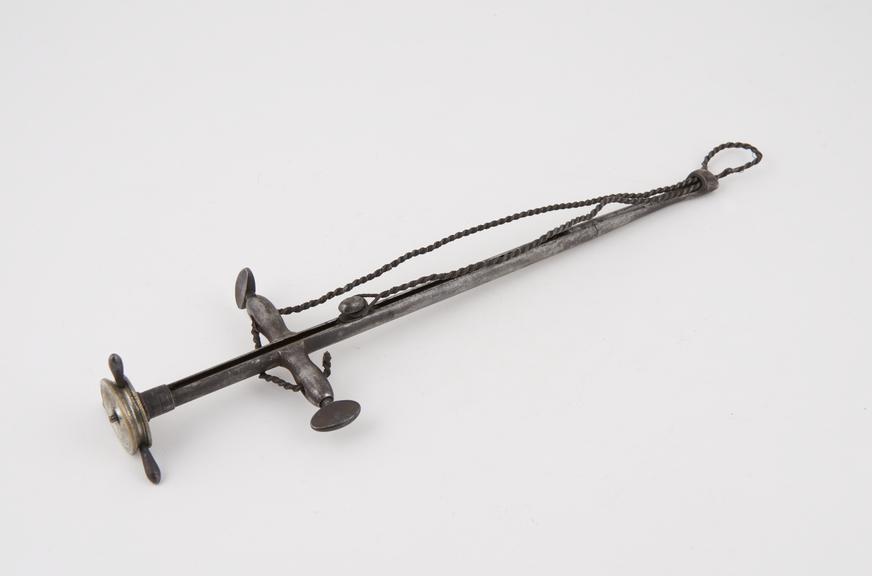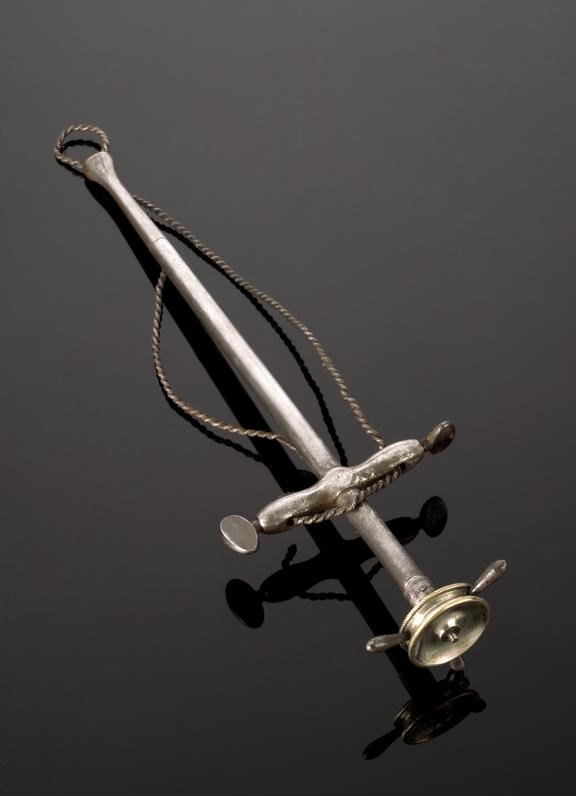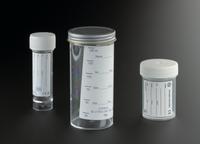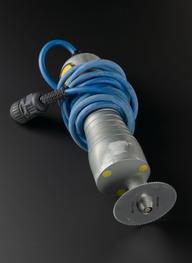

Cripps-type tongue écraseur, London, England, 1870-1922
- maker:
- Arnold and Sons




Ecraseur, for removal of tongue, Cripps, metal, by Arnold, 1870-1922, from Cuthbert Collection; 35 West Smithfield
A tongue écraseur is used to remove part of the tongue affected by diseases such as cancer in an attempt to prevent its spread. Although the procedure would have been painful, surgeons believed this was the quickest and most effective method of removing the tongue. One of the consequences of the operation would almost certainly have been a permanent speech impediment.
The instrument was invented by William Harrison Cripps (1850-1923) during his career as a surgeon.
Details
- Category:
- Surgery
- Collection:
- Sir Henry Wellcome's Museum Collection
- Object Number:
- A51031
- Materials:
- steel, ? material
- Measurements:
-
overall: 55 mm x 330 mm x 100 mm, .19kg
- type:
- tongue écraseur
- credit:
- C. Firmin Cuthbert collection




